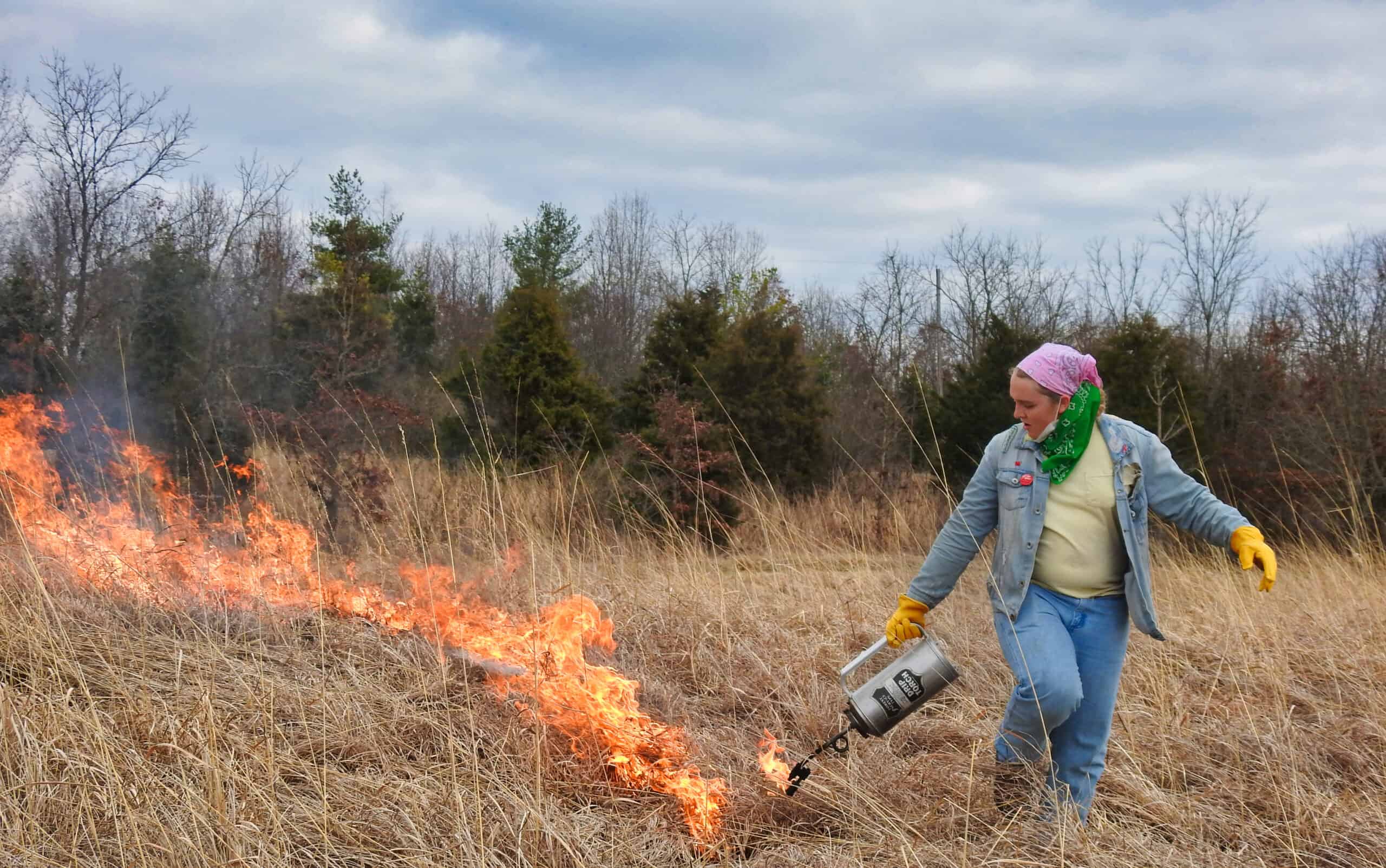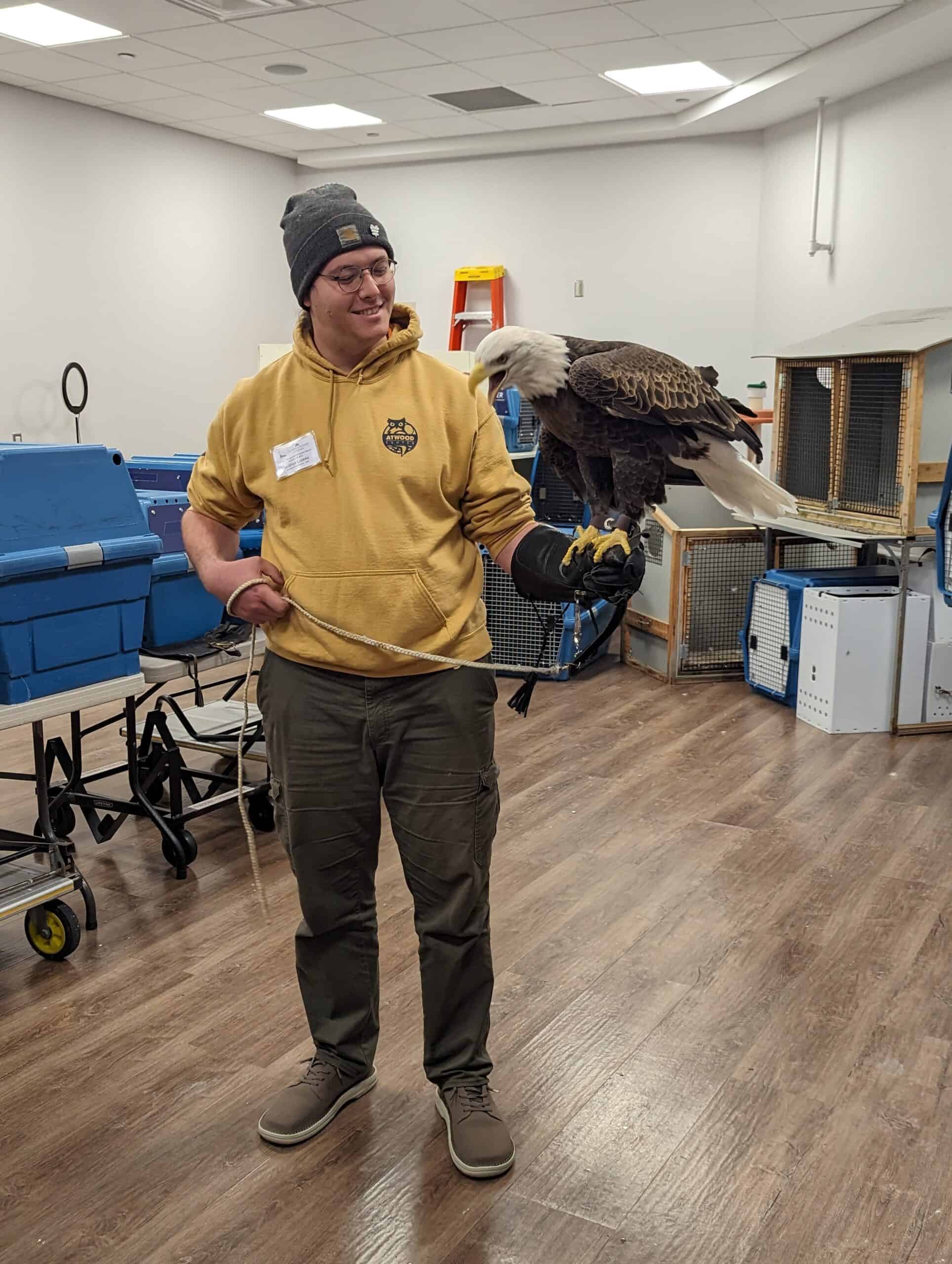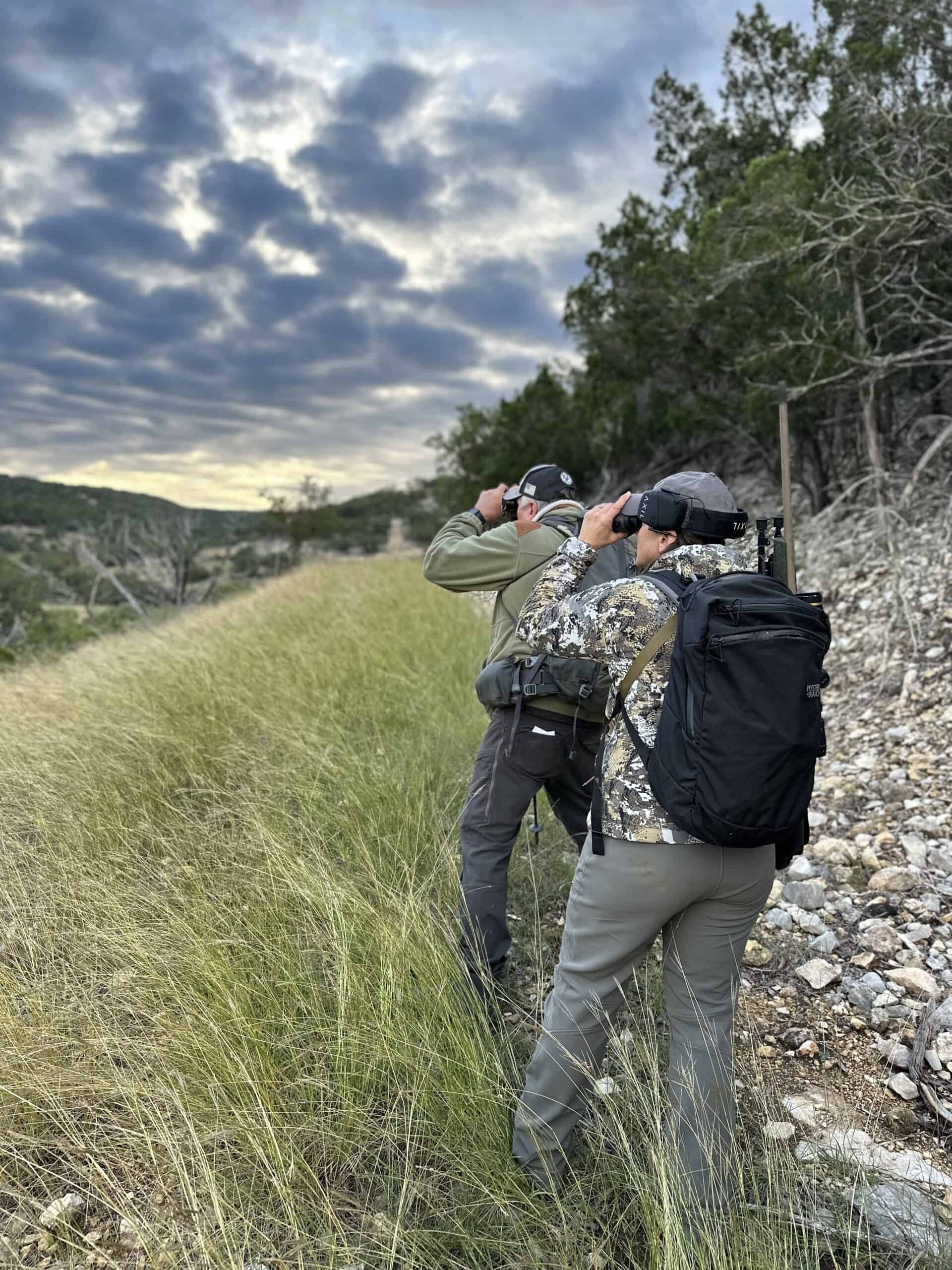Share this article
Q&A: For LGBTQ+ wildlifers, is the field inclusive enough?
In a recent opinion in the WSB, authors say wildlife sciences need to do more
In recent years, the wildlife profession has paid increasing attention to supporting gay and transgender wildlifers. Organizations like TWS’ Out in the Field and a growing number of diversity, equity and inclusion initiatives in universities, agencies and organizations have worked to build inclusivity for LGBTQ+ wildlifers. But in a recent opinion paper in the Wildlife Society Bulletin, a group of authors argues that wildlife sciences need to do more.
We caught up with lead author Nathan Alexander, postdoctoral research associate at the University of Illinois, and co-author Jaime Coon, assistant professor of biology and environmental sustainability at Earlham College, to discuss why they believe wildlife sciences need to be more inclusive. Their responses are edited for brevity and clarity.
What was the motivation for this paper?
Jaime Coon: We came up with the idea for this paper after several experiences we both had that made us feel unseen as LGBTQ+ people within the field. In all DEI conversations, there was so much focus on interpersonal efforts. Whenever we brought up broader systemic issues that also needed to be addressed, academics would be confused about their relevance. There is clearly a need for increased education on these issues within the wildlife sciences and other allied fields. As a result, we convened a large working group of LGBTQ+ scientists across career stages. Once we started talking, we realized our experiences with being “unseen” were not so individual.
We also specifically wanted to publish a paper in a discipline-specific journal, because that’s who needs to see this information, so we are thrilled that the Wildlife Society Bulletin chose to publish it.
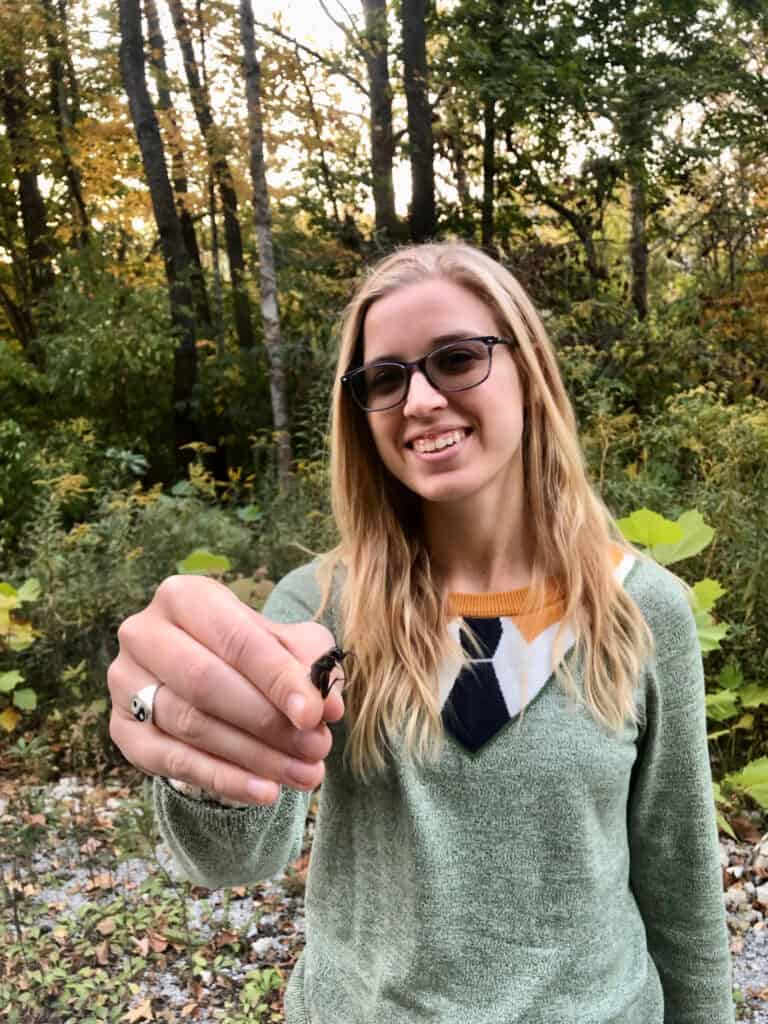
How open have you found the wildlife profession to be to addressing LGBTQ+ inclusion?
Nathan Alexander: Prior to 2019, it was not something I heard discussed within the wildlife profession. When working the fieldwork circuit, inclusion felt highly variable. I would be out on some projects and not on others, depending on cues I received from co-workers and employers. When I started working as a teaching assistant during my master’s program, I had students ask me about whether or not they had to change majors or ask questions about acceptance in the field because they were gay. I think we’re seeing a hunger for these types of discussions in the field currently, which is incredibly hopeful.
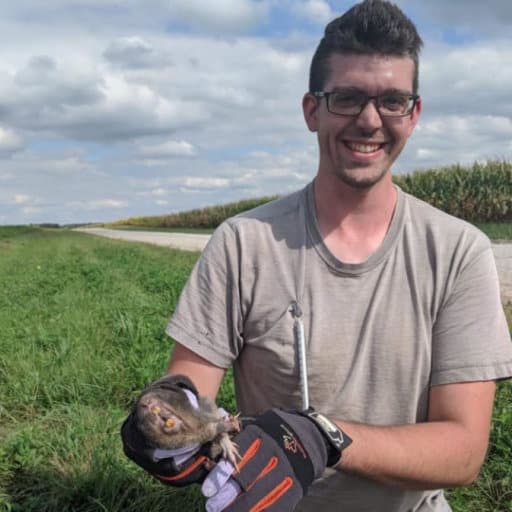
Is LGBTQ+ marginalization in the wildlife profession a byproduct of marginalization in society as a whole, or are there different dynamics within the profession?
JJC: Both. Marginalization in society as a whole 100% affects our field. I see it when I do my fieldwork in areas of the U.S. that are unwelcoming to queer and trans individuals, in places where laws are hostile to my very identity. My workplace can be extremely welcoming, and yet anti-trans laws where I live still add safety concerns and limit the life and work options for LGBTQ+ folks.
There are also field-specific barriers. The wildlife field relies heavily on temporary field jobs early on in our training. These field jobs do not provide stable incomes and are less accessible to people with less financial resources or family wealth. LGBTQ+ youth experience higher rates of family disownment and homelessness, potentially making it more difficult for some to pursue this critical stage of career development. Further, fieldwork may take place in locations that are unwelcoming or even dangerous for LGBTQ+ folks. We also rely heavily on university education in our field, which comes with its own set of systemic and structural barriers for LGBTQ+ people.
When I started working as a teaching assistant during my master’s program, I had students ask me about whether or not they had to change majors or ask questions about acceptance in the field because they were gay.
Nathan Alexander
Is inclusion improving?
NA: I believe it is. There are more discussions on how to ensure people are safe and included, and we are seeing more willingness to engage, discuss and publish on these topics. I think the next step to advance our efforts is to consider these broader dynamics and acknowledge that we are operating within structures that are larger than our field. Even if a department or agency wishes to be inclusive, state legislation may create barriers that cannot be addressed solely within wildlife sciences.
Much of your paper is dedicated to LGBTQ+ history in society at large. I imagine lots of readers will wonder what that’s doing in a wildlife science journal.
NA: History and legacy effects—understanding how past policies impact and shape our current landscapes—are central components of wildlife science. If we want to understand our field, we need to acknowledge and understand how past and current policies affect who is included in our profession. I have multiple friends who dropped out of high school due to LGBTQ+ persecution and friends who couldn’t afford college due to their family disowning them. If we understand the historic practices, we can understand the current landscape, and we can identify ongoing gaps that prevent marginalized people from pursuing education or a wildlife career.
JJC: We cannot design solutions unless we understand the root causes of problems. This paper is all about increasing competency on the root causes of oppression—historical, sociocultural and more—and how these causes connect to the wildlife field.
Is the profession losing qualified wildlifers due to LGBTQ+ marginalization?
NA: It’s hard to say because data tracking of LGBTQ+ demographics is poor. From personal experience, we would have lost qualified wildlifers if I hadn’t had one-on-one talks with LGBTQ+ students wanting to pursue a wildlife career. I can only imagine that there are institutions that don’t have LGBTQ+ people further along in their careers that students can talk to. It is not a resource I’ve had in my career. I think there’s more support currently, and people are able to find LGBTQ+ wildlife professionals more easily now that there are organizations like Out in the Field.
The fact that we are having these discussions and journals like the Wildlife Society Bulletin are open to publishing these discussions, I think, is a clear signal to anyone wanting to pursue a wildlife career that inclusion is increasing. There may be barriers that LGBTQ+ people currently face, but there is a desire—and there are ongoing actions—to ensure our field is open.
Header Image: The wildlife sciences often come with inherent risks, but queer and transgender biologist often face additional challenges. Credit: Wendy Tori



